Sodium cyanide
- What is Sodium cyanide?
- Sodium cyanide Identification
- Sodium cyanide Formula
- Sodium cyanide Structure
- Sodium cyanide Properties
- How to make Sodium cyanide?
- Potassium Sodium cyanide
- Sodium cyanide Briquettes
- Sodium cyanide Uses
- Sodium cyanide MSDS
- Sodium cyanide Manufacturers
- Sodium cyanide Suppliers
- Sodium cyanide Purchase
What is Sodium cyanide?
It is a poisonous, hygroscopic inorganic compound, which emits an odor of hydrogen cyanide under damp conditions. The high toxicity of the compound is mainly attributed to the presence of cyanide, which has a strong affinity for metals.
Sodium cyanide Identification
CAS number: 143-33-9
PubChem: 8929
ChemSpider: 8587
UN number: 1689
ChEMBL: CHEMBL1644697
RTECS number: VZ7525000
Sodium cyanide Formula
Its chemical formula is NaCN.
Sodium cyanide Structure
The structure of solid NaCN is related to that of sodium chloride, in which the numbers of cations and anions are equal with six coordinates. Each sodium ion forms pi-bonds with two CN- groups, two “bent” Na—CN, and two “bent” Na—NC links.
Sodium cyanide Properties
Some of the physical and chemical properties of this compound are:
Appearance
It is available in the form of white, crystalline powder.
Odor
It has a characteristic faint almond-like odor under moist conditions. However, it is generally odorless under dry conditions.
Boiling point
It normally boils at 1496°C/1769 K/1047°F.
Melting point
The temperature at which the crystalline compound melts is 563.7°C/837 K /1047 °F.
Density
Its density is 1.595 g/cm3.
Solubility
It is highly soluble in cold water and sparingly soluble in ethanol. The solubility of the compound is normally found to be 48 g/100 mL at 10 °C and 82 g/100 mL at 34.7 °C.
Refractive index
NaCN has a refractive index (n) of 1.452.
Flash point
It is not a volatile compound and usually marked as a non-flammable agent.
How to make Sodium cyanide?
In the past, NaCN was prepared by Castner-Kellner process, an electrolytic method involving the reaction of sodium amide with carbon at high temperatures.
NaNH22+ C → NaCN + H2
However, this process has now become obsolete due to its low production rate and long length of time.
The new method of production of the chemical agent is performed by a simple acid-base reaction. Here, hydrogen cyanide or prussic acid is bubbled into sodium hydroxide, a strong base to form crystalline salt of sodium cyanide.
HCN + NaOH → NaCN + H2O
Hydrogen cyanide is a very weak acid from which NaCN is derived as seen in the above reaction. Due to this condition, NaCN becomes highly unstable and in the presence of moisture easily reverts back to HCN. The reversible reaction occurs even in mild humid conditions and is called hydrolysis. It is during this reaction, moist NaCN generates an odor quite similar to that of a bitter almond. In the presence of a highly strong acid, NaCN easily reacts with it to form HCN. The process may prove risky with cyanide salts.
In order to prevent this harmful reversible process occurring with NaCN, detoxification is generally done using hydrogen peroxide (H2O2), a very strong oxidizer. NaCN oxidizes to form sodium cyanate and water.
NaCN + H2O2 → NaOCN + H2O
Potassium Sodium cyanide
The structure of potassium cyanide (KCN) is similar to that of NaCN. The effects of both cyanide compounds are also identical. Ingestion of KCN or NaCN can cause headache, nausea, dizziness and nervousness. Extraction of gold can also be done using KCN through similar process. In this reaction, the resulting product is potassium gold cyanide (KAu (CN2)).
Sodium cyanide Briquettes
These are around 98% pure and primarily used by the mining industry. The briquettes generally appear white and resemble charcoal briquettes (packed charcoal for fuel and kindling). Solid forms of cyanide can be easily transported over longer distances due to higher concentration of the product. It is usually packed in double sealed bags inside a timber crate weighing nearly 1 tonne.
Sodium cyanide Uses
Although the inorganic reagent is highly toxic, it has varied commercial uses.
Sodium gold cyanide
It is used in mining for extraction of gold and other expensive metals. Gold being a least reactive metal shows a high affinity for cyanide, causing it to oxidize, and dissolve in the presence of oxygen and water. Sodium gold cyanide and sodium hydroxide are the respective products of this extraction process.
4 Au + 8 NaCN + O2 + 2 H2O → 4 Na[Au(CN)2] + 4 NaOH
The above reaction is normally addressed as cyanide process or gold cyanidation. It is typically a metallurgical technique, in which low-grade ores are generally used. There are also other methods that are often used for this extraction process.
Chemical feedstock
Cyanuric chloride, cyanogen chloride, and various types of nitriles are some of the extensively used chemical compounds that are derived from sodium cyanide through several reactions. The cyanide present in NaCN functions as a nucleophile, which donates an electron pair to form a chemical bond. Nitriles that form an essential constituent in a large number of chemicals and pharmaceuticals are widely prepared by this strong neutrophile.
Cyanide fishing
It is a method of collecting fish used in aquariums. In this technique, NaCN is sprayed into the fish’s habitat to stun the fish.
Sodium cyanide MSDS
In general, all cyanide salts are extremely toxic and can cause severe health problems if inhaled or swallowed. This particular compound can be freely absorbed into the body through the skin in humans. It is always recommendable to take necessary precautions while handling this toxic reagent.
Poisoning
NaCN can easily block the cellular respiration in the living organisms by acting on cytochrome oxidase enzyme; a transmembrane protein complex found in mitochondria. Electron transport that is necessary for transmission of oxygen is completely blocked, causing decreased oxidative metabolism and oxygen utilization by the body. This in turn causes lactic acidosis, a physiological condition characterized by high levels of acid lactate in the body tissues and blood. Repeated exposure may affect the thyroid glands.
First aid measures
NaCN can enter the body through various routes of exposure for which rapid measures must be taken; otherwise it may cause death.
Inhalation: Sodium cyanide can cause serious repercussions like headache, weakness, sore throat, confusion, shortness of breath, convulsions, or unconsciousness, if inhaled accidentally. In such cases, the affected person should be immediately moved into fresh air and made to rest for sometimes. Mouth-to-mouth respiration should be avoided as it may affect the person providing the aid. Artificial oxygen must be administered only by trained personnel. The person should be quickly hospitalized in order to prevent any further damage.
Skin contact: This toxic material can easily get absorbed via skin, causing extreme redness and pain. In such a situation, the contaminated clothes must be first removed. This should be followed by rinsing the skin with adequate amount of water or shower. The person must then be given immediate medical attention.
Eye contact: Direct entry of NaCN in to the eyes may cause severe irritation and discomfort. The eyes may turn red and cause acute pain. Plenty of water or shower should be used for flushing the eyes. Contact lens, if worn by the affected person should first be removed before rinsing. The person should then be immediately taken to a doctor.
Ingestion: This poisonous salt can prove very detrimental to someone who swallows or tastes it by mistake. Burning sensation, nausea, vomiting and diarrhea are some of the after-effects seen post-ingestion of the toxic substance. Only conscious individuals must be induced vomiting, not otherwise. Protective gloves should be worn by the affected person while inducing vomiting. Mouth-to-mouth artificial respiration should strictly be avoided. Administration of artificial oxygen should only be assigned to trained personnel. Appropriate medical assistance should be immediately availed.
Personal Safety Measures
Breathing protection must be taken and the face should be covered with oxygen mask. Wearing protective clothing and gloves prevents the cyanide salt from entering the skin. Eye goggles, face shield or eye protection are advisable for the safety of the eyes. Eating, drinking, or smoking while handling this toxic material should not be done as minimal amount of NaCN can enter the stomach. Hands should be properly washed before eating and after completion of work.
Fire-fighting measures
It is not combustible but forms a toxic gas on contact with water or damp air. It may emit irritating or toxic fumes at elevated temperature. In case of a fire in the surroundings, hydrous agents, water, or carbon dioxide should not at all be used. Foam and powder are the only mediums required for extinguishing the fire.
Storage instruction
During storage, it must be separated from any strong oxidants, acids, foodstuffs, carbon dioxide, or water. It should be kept in an airtight, unbreakable container, and stored in a dry and well-ventilated place.
Accidental spill measure
Spilled toxic material must be swept into dry, sealable and labeled containers. The remainder should be cautiously neutralized with sodium or calcium hypochlorite solution. This spilled chemical should not enter the environment. Chemical protection suit, including self-contained breathing apparatus must be worn while cleaning. The contaminated and disposable chemicals as well as the spill clean-up materials should be transferred into a bag with a label and kept in a secured area. EHS must be immediately contacted for pick-up.
Waste disposal
The toxic reagent must be detoxified to a harmless waste before disposal and treated with alkaline sodium hypochlorite in excess. The concerned person using this material is responsible for safe removal of contaminated waste, documentation preparation, use of proper waste container, and contacting EHS for pick-up. Toxic waste should be removed and disposed in accordance with EHS hazardous waste procedures.
Sodium cyanide Manufacturers
Noah Technologies Corporation, Continental Chemical USA, Dastech International Inc., Anami Organics are some of the well-renowned chemical industries that globally manufacture NaCN.
Sodium cyanide Suppliers
There are numerous supply chains for NaCN all over the world like:
- JinanGreat Chemical Co.Ltd.
- Alchemist Worldwide Ltd,
- Nkemchi Petroleum
- Danny Cronje
- Research Chemicals Laboratories
Sodium cyanide Purchase
Current market conditions have been driven by the high rise of gold rates due to which the price of NaCN is affected as well. The current price of this toxic yet very useful compound is $ 0.44 per kilogram.
- References
- http://en.wikipedia.org/wiki/Sodium_cyanide
- http://www.cyanco.com/nacn-solid.php
- http://en.wikipedia.org/wiki/Cyanide_poisoning
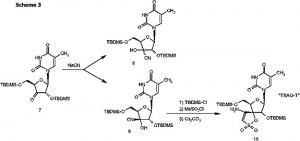
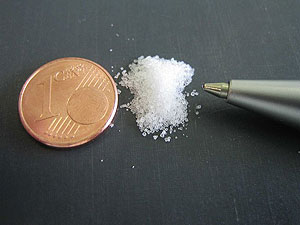
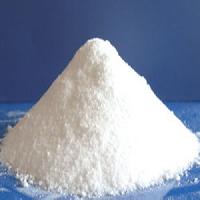
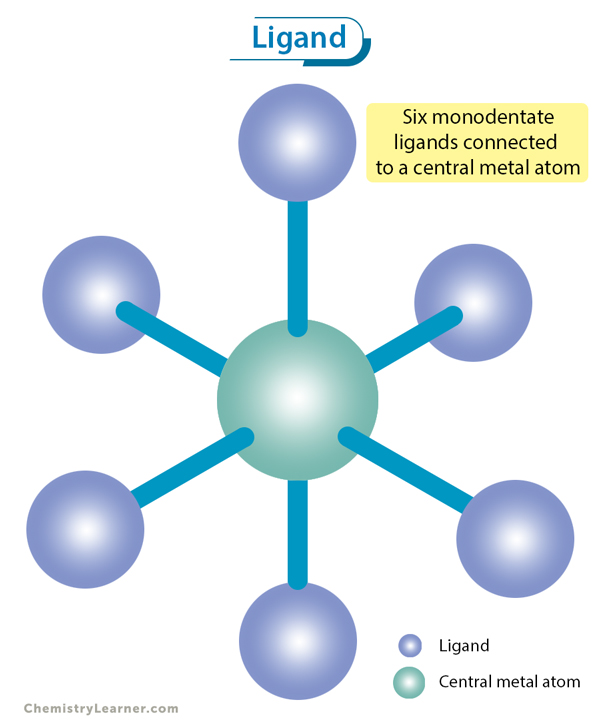
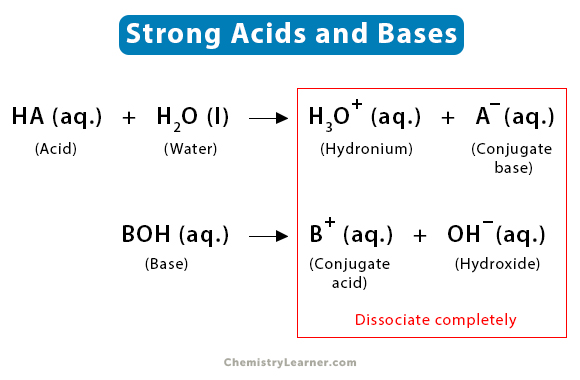
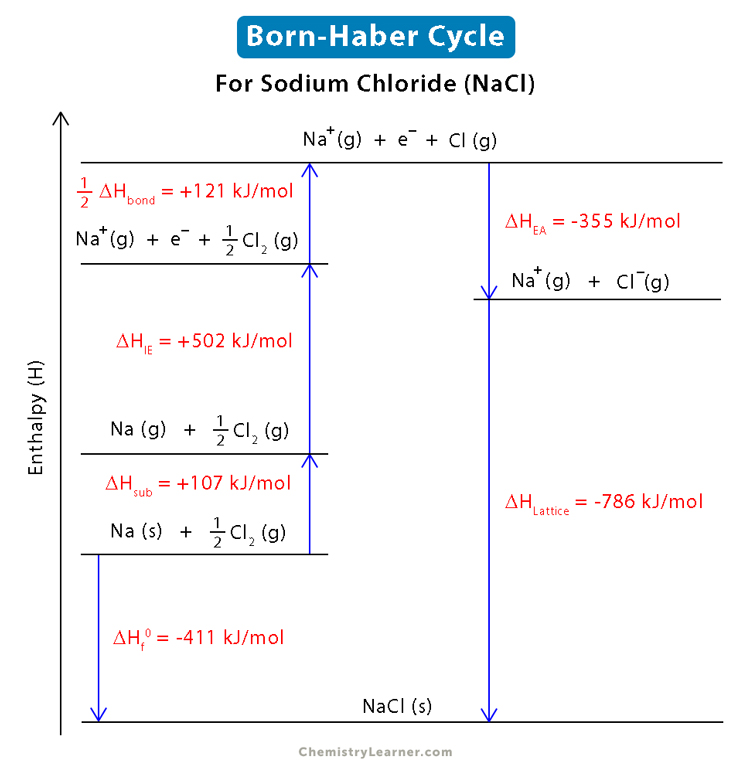
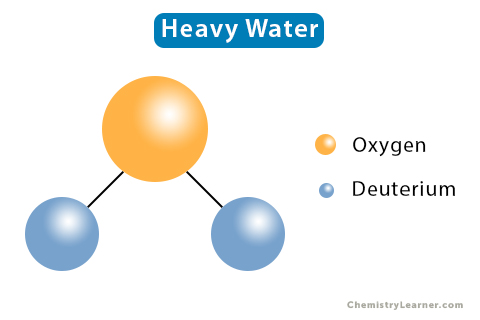
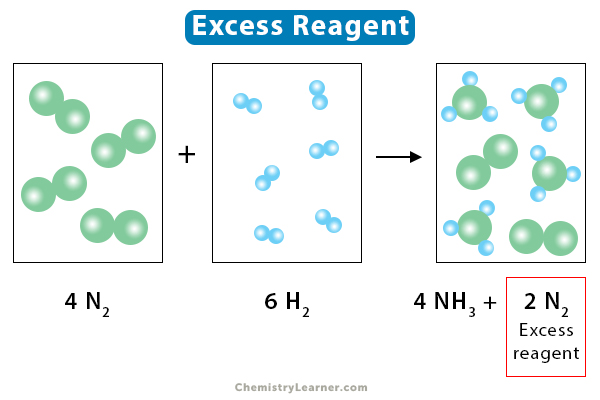
Beautiful I could revise what I learned in college 1969
i like your brilliant point of views about cyanide and on how is supposed to be managed.
Is it even legal to sell cyanide online? I’m picturing some pretty likely scenarios, for example an abused spouse spiking her husband’s after-work beer, and so on. I am aware that there are other uses, but (obviously) one can’t monitor how the substance is used once obtained, and from what i read about its ability to reach the bloodstream via inhalation or skin contact, is it really a good idea to make cyanide available to the general public? (There’s no debating that, the answer is ‘NO.’
What in the name of God are you thinking?